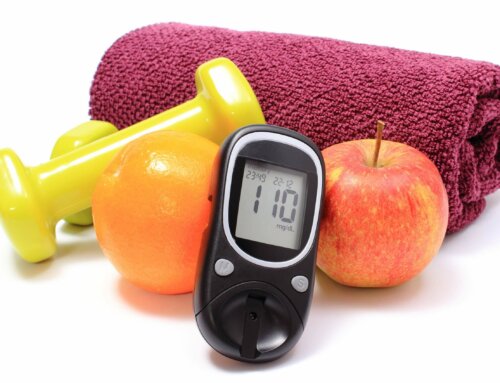Since 1906, Dr. Scholl’s has been in the business of creating comfort for feet of men and women. They lead the way in foot wear technology and their name is the most trusted in the foot care industry. The diabetes and therapeutic socks look like regular socks used for dress, work or play, yet the support and comfort they give far exceeds what is offered by regular socks. Let’s review some of the qualities that the Dr. Scholl’s diabetes and circulatory socks have:
- They are soft, promote comfort, are non- irritating and are approved by the America Podiatric Medical Association.
- The sock top is non-binding – they do not restrict blood flow yet they have enough stretch which will prevent them from slipping down the leg and settling around the ankle. Many regular socks restrict blood flow at the end of the day due to standing and leg swelling. These socks stretch with you.
- The soles are cushioned which aids in super comfort as well as protection for your feet. As we age, we lose the fat pad located in the soles of our feet, especially in the ball of the foot. Constant pressure from standing, walking or pounding our feet will increase the risk of injury and trauma. The socks provide cushioning without bulk so that they stay in place with much less risk of developing blisters.
- The socks contain anti-microbial protection which is impregnated into the fabric. This protection remains even after multiple washings. This reduces foot odor as well as bacterial growth and can decrease the probability of fungus or athletes foot, both very common to people with diabetes.
- They contain moisture management which wicks away wetness from the foot and promotes quick sock drying times. Regular socks promote foot sweating from the fibers and the material remains wet against the foot and inside of the shoe causing increased bacteria formation. Always remember to let your shoes dry out between times worn if still damp inside.
- The toe seam is smooth which helps increase comfort. Many regular socks have large and raised toe seams which feel bulky inside the shoe and may feel bunched up to someone with diabetes- very common with neuropathy.
- They contain graduated and mild compression from 10-15mm/hg which makes legs feel less tired and stressed at the end of the day.
The therapeutic socks contain stronger elastic to create firmer pressure on the feet, ankles and legs. They too are high quality and good looking socks with the added benefit of helping with increased edema or leg swelling. These socks have more pressure starting in the ankle which gradually releases as it goes up the leg. This assists in blood flow by forcing the blood thru the veins and increasing the blood to the heart with less pooling in the feet; this reduces the chance of leg blood clots and foot swelling. They are great for standing, sitting or traveling in a confined area for an extended period of time such as in a car or plane.
Remember to check with your physician if you are having an acute problem, red streaking in the leg or severe calf pains which may indicate a DVT or deep vein thrombosis. Never walk in socks alone indoors or outdoors which can increase your risk of slipping or foot injury. Also, take the time to measure the ankle and the calf when purchasing the therapeutic socks for the proper fit. Your feet, ankles and legs will definitely thank you!
NOTE: Consult your Doctor first to make sure my recommendations fit your special health needs.











Leave A Comment